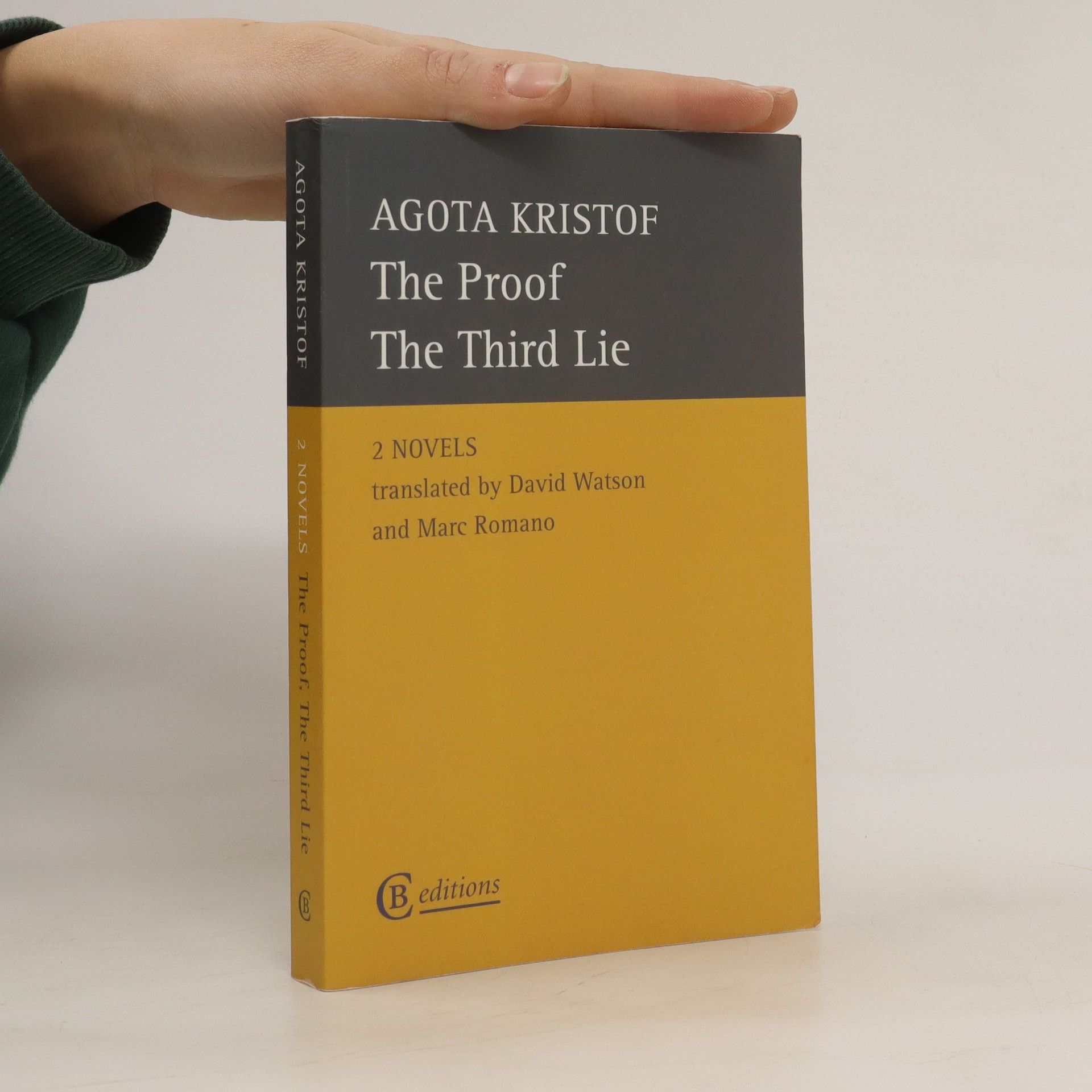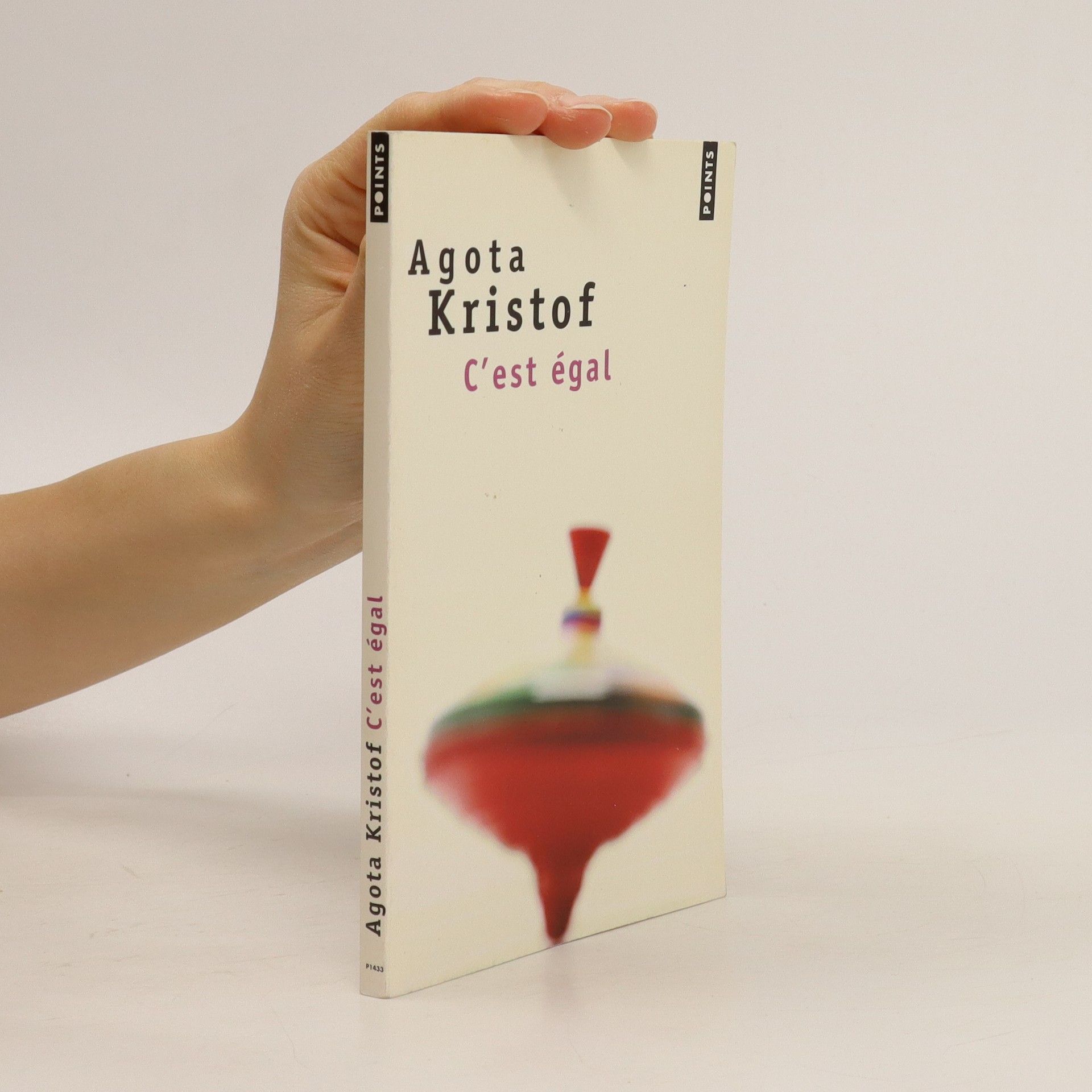Un'irresistibile vertigine tra sogno e realtà caratterizza i racconti di "Dove sei Mathias?", esplorando temi come l'infanzia, la nostalgia e l'illusione. "Line" presenta un dialogo teatrale tra un giovane e una bambina, mentre "Dove sei Mathias?" sfida il lettore con le sue allucinazioni e ambiguità sui personaggi.
Agota Kristof Ordre des livres

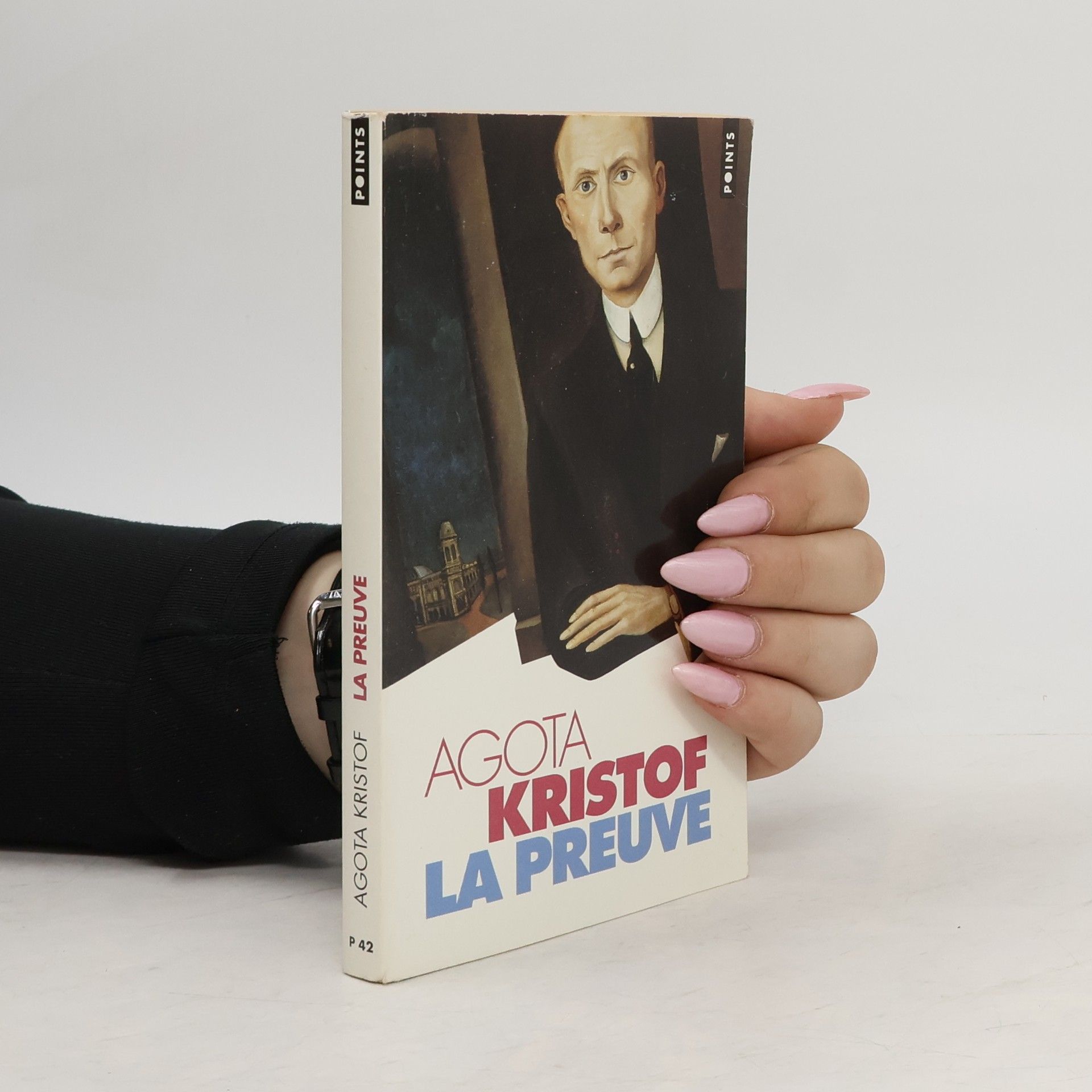

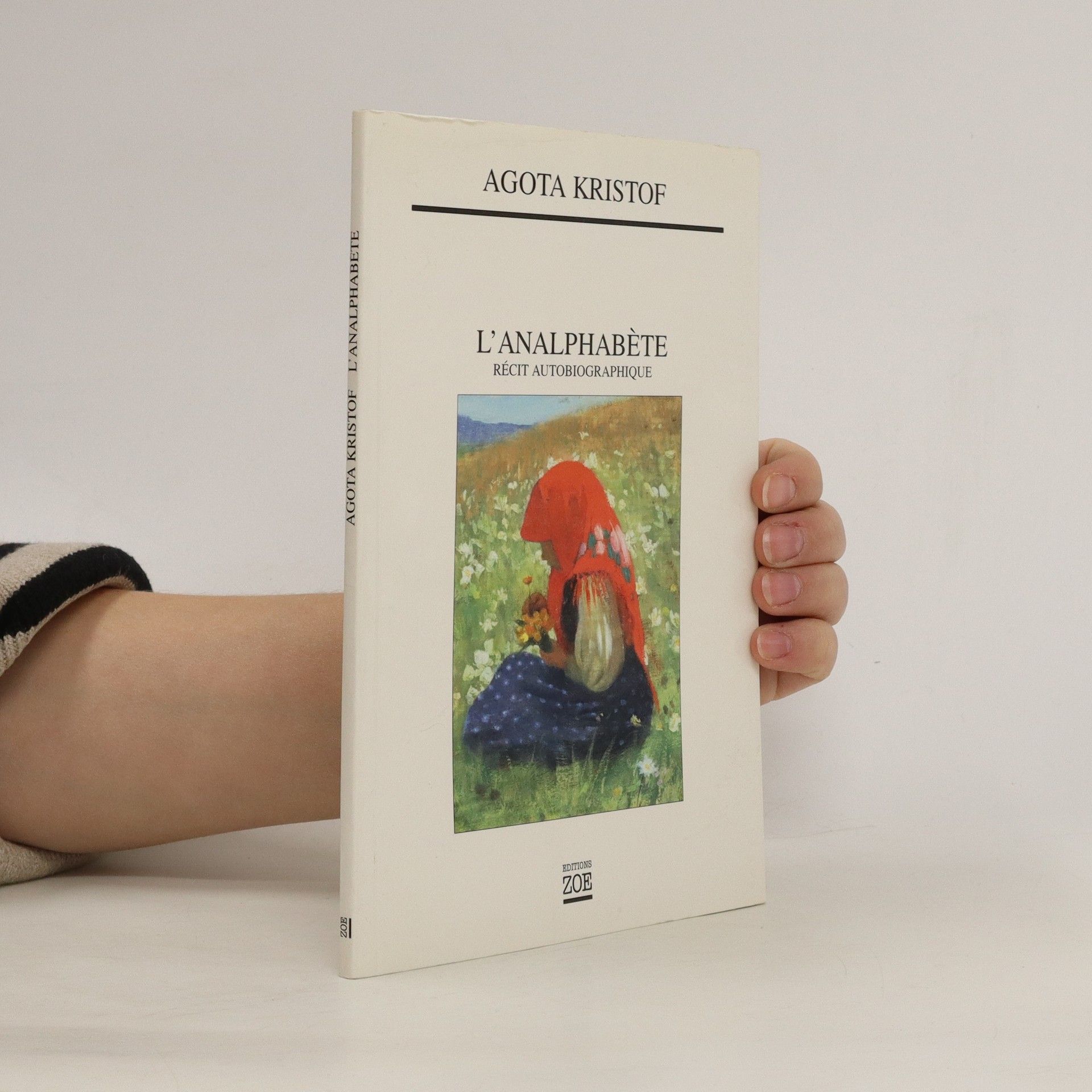


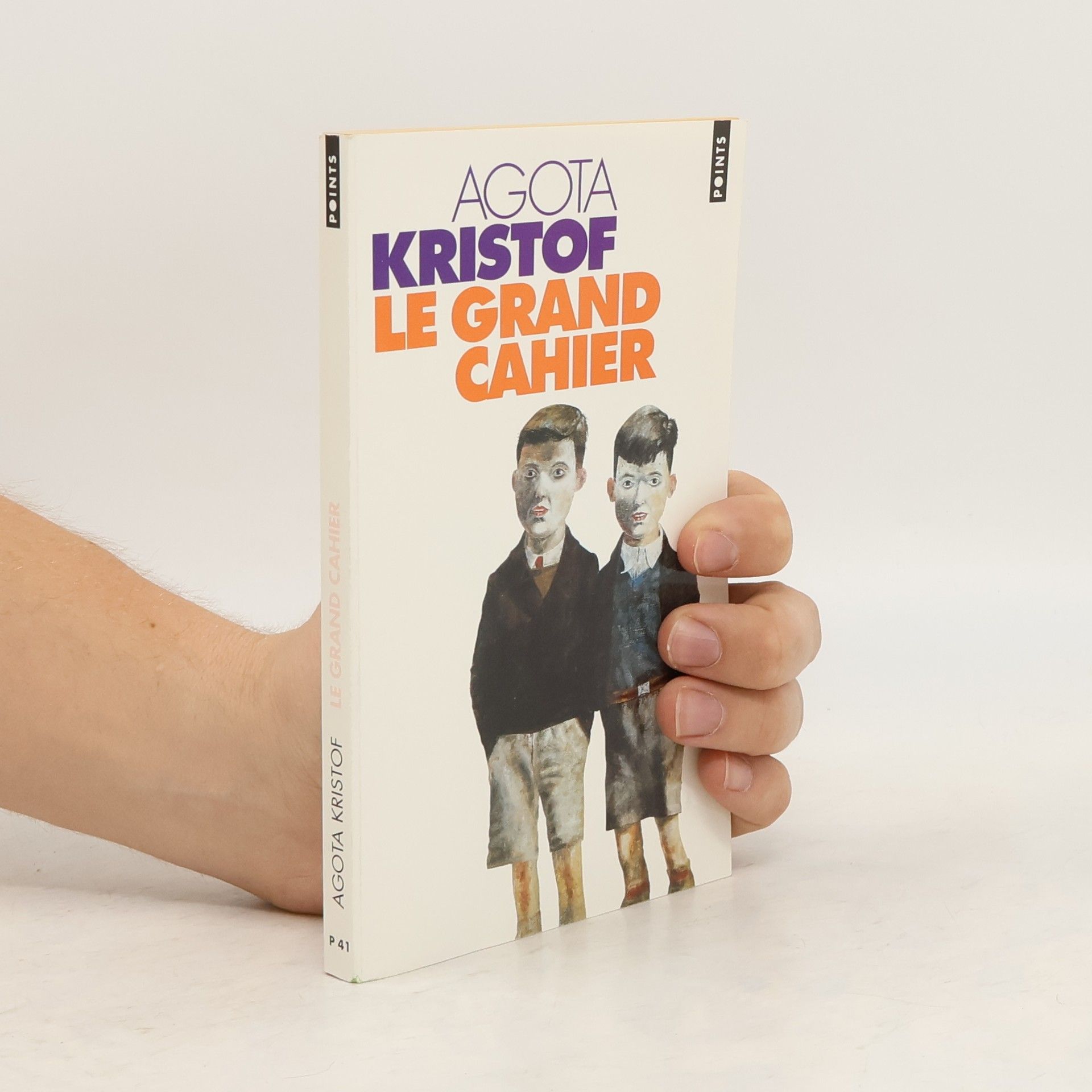
- 2024
- 2024
Napriek názvu a podnázvu je kniha určená všetkým generáciám a všetkým ľuďom dobrej vône. Osvedčená dvojica Kalamár – Lipták (aforista – výtvarník) po úspešnej knihe DROBNOSTI FLAJSTROV (Petrus, 2022) dokazuje aj v tomto dielku, že aj tie najťažšie a najhoršie prekážky sa dajú preskočiť (alebo podliezť) s humorom a nadhľadom. Autori sa výnimočne dopĺňajú a navzájom si geniálne nahrávajú pre pobavenie zorientovaného čitateľa, ktorý žije výnimočnú dobu spestrenú rozhodnutiami ešte výnimočnejšej vlády... Kniha vychádza v edícii DVAJAvJEDNOM vo výnimočnej grafickej úprave Martina Kurhajca.
- 2022
Narrated in a series of brief vignettes, The Illiterate is Kristof 's memoir of her childhood, her escape from Hungary in 1956 with her husband and small child, her early years working in factories in Switzerland, and the writing of her first novel, The Notebook.
- 2015
The child says, ‘That’s the only difference between the dead and those who go away, isn’t it? Those who aren’t dead will return.’ Lucas says, ‘But how do we know they aren’t dead when they’re away?’ ‘We can’t know.’Following on from The Notebook, which recounted the survival of twin brothers during war and occupation, The Proof and The Third Lie complete the trilogy of novels in which Kristof, as an emigré writer, forged wholly distinctive ways to treat the 20th-century European experience of war, occupation and separation.As the brothers Claus and Lucas, isolated in different countries, yearn for the seemingly impossible restoration of their lost connection, perspectives shift, memories diverge, identity becomes unstable. Written in Kristof ’s spare, direct style, the novels are an exploration both of the aftereffects of trauma and of the nature of story-telling.‘At the heart of this acrid trilogy, in all its studied understatement and lack of portentousness, we can feel the author’s slow-burning rage at the wholesale erasure of certainty and continuity in the world of her childhood and adolescence. At the same time we sense Kristof saturninely enjoying this annihilation for its imaginative potential. She will reassemble a shattered world on her own rigorous terms, and watch us wince and shudder in the process.’ – Jonathan Keates, Times Literary Supplement
- 2010
'John und Joe', 'Der Schlüssel zum Fahrstuhl', 'Eine Ratte huscht vorbei', 'Die graue Stunde', 'Monstrum', 'Die Straße', 'Die Epidemie' und 'Die Sühne' – acht Theaterstücke von Agota Kristof in einem Band. In Deutschland wurde Agota Kristof unter anderem 2001 mit dem angesehenen Gottfried-Keller-Preis und 2006 für 'Die Analphabetin' mit dem Preis der SWR-Bestenliste ausgezeichnet.
- 2005
C'est égal
- 106pages
- 4 heures de lecture
Un homme est changé en statue au moment où il embrasse son chien pour la dernière fois ; une femme s'étonne que son mari se soit fendu le crâne en tombant de son lit sur une hache ; un enfant marche près d'un puma " splendide, beige et doré ", comme sorti d'un tableau surréaliste, pour aller retrouver son père... Entre la fable et le cauchemar, ces vingt-cinq récits baignent dans une atmosphère étrange et émouvante, qui constituent peut-être la part la plus secrète de l'œuvre d'Agota Kristof.
- 2005
Mit diesem literarischen Kleinod erzählt Agota Kristof eindrücklich in elf kurzen prägnanten Kapiteln die Geschichte ihrer Herkunft. Die frühe und vorerst wohlbehütete, wenn auch bescheidene Kindheit im Kreis ihres Elternhauses in Ungarn, der Vater ein Dorfschullehrer mit mäßigem Einkommen, ihr Heranwachsen während und nach dem Zweiten Weltkrieg, als von einem Tag auf den andern in den Schulen nur noch russisch gesprochen und gedacht werden mußte, die Verhaftung des Vaters, ihre „Kasernierung“ in einem staatlichen Internat, der Tod Stalins, anläßlich dessen die Zöglinge angehalten wurden, über den verstorbenen „Großen Freund der Werktätigen“ zu schreiben, ihre Flucht im November 1956, als sie ihrem jungen Ehemann zusammen mit einer Handvoll Flüchtlingen ins Ungewisse folgte, schließlich die Ankunft in der Schweiz und damit für sie, wenn auch in Sicherheit, so doch in einer kulturellen Wüste, weil der Sprache nicht mächtig. Zur Analphabetin geworden, mußte sie, die doch mit vier Jahren bereits lesen konnte, mit ihren Kindern erneut lesen und schreiben und die für sie neue französische Sprache erlernen. Und so erzählt Agota Kristof ihren persönlichen Weg, der sie zu jener Schriftstellerin gemacht hat, die wir mit ihren Werken verehren.
- 2005
Agota Kristof's celebrated trilogy of novels exploring the after-effects of trauma and the nature of story-telling in the context of Nazi occupation and Soviet 'liberation' at the end of World War Two.
- 2004
Onze chapitres pour onze moments de sa vie, de la petite enfance en Hongrie à l'apprentissage du français et à l'envoi de son premier roman à des éditeurs parisiens. La pauvreté matérielle en Hongrie pendant l'enfance et les années d'internat, l'endoctrinement, la langue maternelle et les langues ennemies, allemande et russe, la mort de Staline, la fuite vers l'Autriche, l'arrivée à Lausanne avec son bébé, tous ces récits ne sont pas tristes mais cocasses, avec cet humour noir qui traverse toute l'oeuvre de la romancière. Phrases courtes et mots justes, efficacité des histoires et lucidité carrée, un humour immense, le monde d'Agota Kristof est là, dans sa vie comme dans ses romans.
- 2001
Druhý a třetí díl volné trilogie navazuje na Velký sešit (1986), který tvoří deníkové záznamy osudově spojených bratrů – dvojčat, podivně geniálních i cynicky krutých, kteří prožívají dětství za války v pohraničním městečku u své babičky. Důkaz (1988) sleduje příběh jednoho z nich, Lukase, úředně prohlášeného za idiota, který poté, kdy jeho bratr překročí ilegálně hranice do sousední svobodné země, dál osaměle hospodaří v babiččině domě v zemi okupované cizí armádou. Třetí lež (1991) je retrospektivním monologem dvou stárnoucích mužů: Clause T., jehož osudy jsou totožné s osudy Lukasova bratra emigranta, a Klause Lukase, slavného básníka nedávno osvobozené země.
